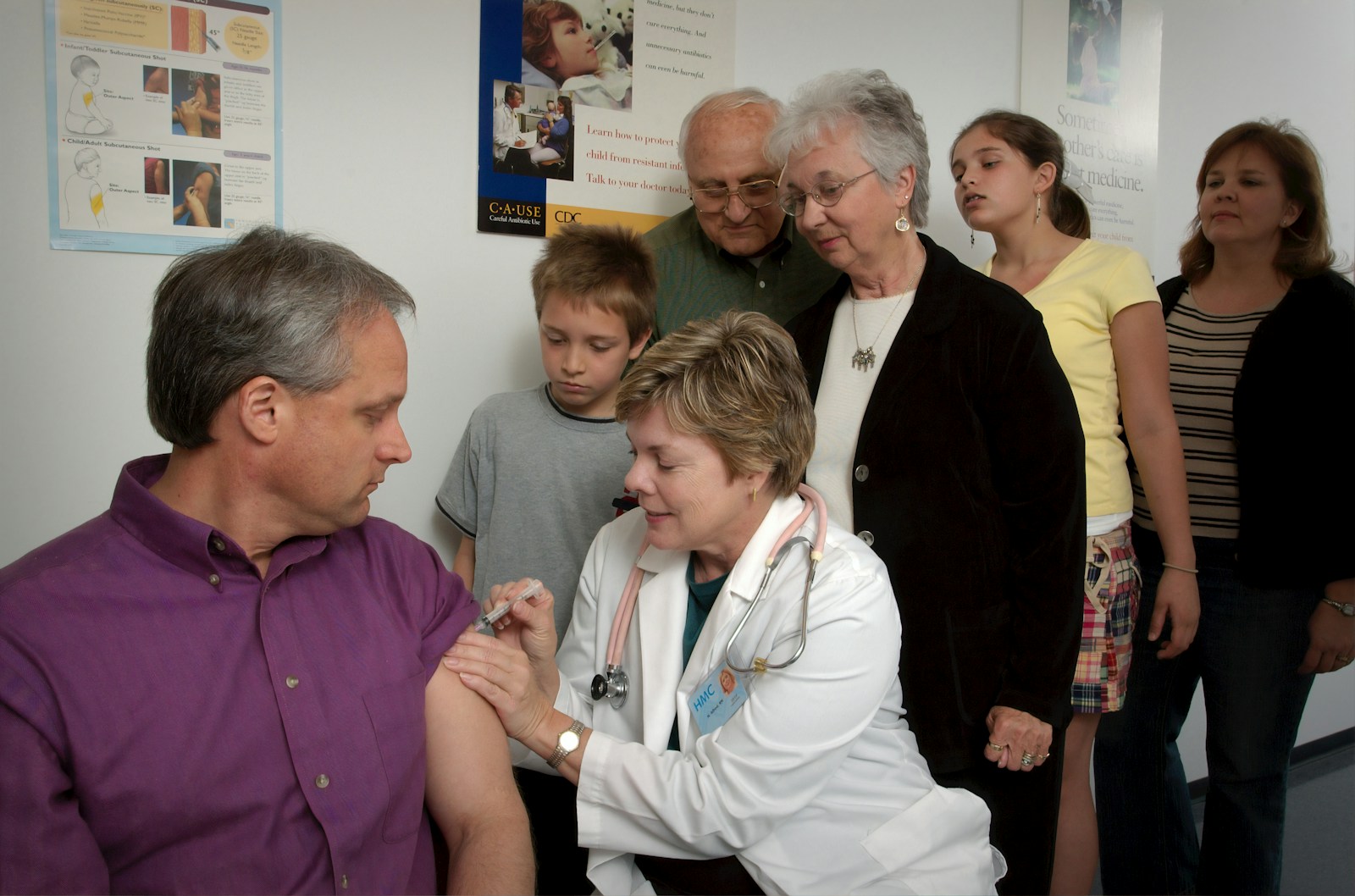![]()
The Bacillus Calmette–Guérin (BCG) vaccine is a crucial immunization primarily used to protect against tuberculosis (TB), a serious infectious disease that mainly affects the lungs but can also impact other parts of the body. Since its development by Albert Calmette and Camille Guérin, the BCG vaccine has been widely administered, especially in countries where TB is common, to prevent severe forms of the disease in infants and young children. This article explores the BCG vaccine’s purpose, proper administration method, and potential side effects to provide a comprehensive understanding.
What is the BCG Vaccine?
The BCG vaccine is a live attenuated vaccine derived from a weakened strain of Mycobacterium bovis, related to the bacteria that cause TB. It is primarily given to infants shortly after birth in countries with high TB incidence to protect against severe TB infections such as TB meningitis and miliary TB. In regions with low TB prevalence, vaccination is typically reserved for children or adults at high risk of exposure. Besides TB, the BCG vaccine also shows some effectiveness against other mycobacterial infections like Buruli ulcer and is used as part of bladder cancer treatment.
Proper Method of BCG Vaccine Administration
Administering the BCG vaccine correctly is vital to ensure its efficacy and minimize complications. The vaccine is unique in that it is given via an intradermal injection, which means it is injected into the topmost layer of the skin rather than deeper into muscle or subcutaneous tissue.
Dosage and Site
- Infants under 1 year: 0.05 mL of the reconstituted vaccine.
- Children over 1 year and adults: 0.1 mL of the reconstituted vaccine.
The preferred site for injection is the deltoid region of the upper arm, approximately one-third down from the shoulder over the insertion of the deltoid muscle. This site is chosen because it has the lowest rate of local complications and leaves a characteristic scar that serves as proof of immunization.
Administration Steps
- Preparation: The vaccine, supplied as a freeze-dried powder, must be reconstituted with the entire vial of the supplied diluent (sodium chloride injection) immediately before use. It should be stored between 2°C and 8°C and protected from light.
- Injection: The skin at the injection site is cleaned with water (antiseptics are avoided to prevent vaccine inactivation) and allowed to dry.
- Intradermal Injection: Using a fine needle, the vaccine is injected just beneath the skin surface, creating a small raised “orange peel” papule of 5-8 mm diameter if done correctly.
- Post-Injection Care: The injection site is left uncovered to heal naturally. The vaccine can be given alongside other routine childhood immunizations such as hepatitis B, DPT, and polio vaccines.
Importance of Technique
BCG vaccination requires trained healthcare providers because intradermal injection is technically challenging, especially in newborns with small arms. Incorrect administration, such as subcutaneous injection, may cause complications like abscess formation or ulceration.
Side Effects of the BCG Vaccine
While generally safe, the BCG vaccine can cause some side effects, most of which are mild and localized.
Common Side Effects
- Injection Site Reaction: A small red, tender swelling usually appears within 2 to 3 weeks, often developing into a blister or ulcer that eventually heals over several weeks to months, leaving a small flat scar.
- Scar Formation: The scar is a normal outcome and serves as evidence of vaccination.
- Swollen Lymph Nodes: Occasionally, lymph nodes near the injection site (usually under the arm) may become enlarged but typically resolve without treatment.
Does Finasteride Cause Side Effects? Doctors Explain.
Uncommon and Serious Side Effects
- Abscess Formation: If the vaccine is given incorrectly (e.g., subcutaneously), an abscess or “BCG-oma” may develop, sometimes requiring antibiotic treatment or drainage.
- Lymphadenitis: Suppurative (pus-forming) or nonsuppurative inflammation of lymph nodes can occur.
- Disseminated BCG Infection: Rarely, especially in immunocompromised individuals (such as infants with severe combined immune deficiency or symptomatic HIV), the vaccine can cause a widespread infection that is potentially life-threatening.
- Other Rare Reactions: Cases of interstitial pneumonia, myocarditis, epilepsy, and muscle atrophy have been reported but are extremely rare and often linked to underlying conditions.
Contraindications
- The vaccine should not be given to individuals with known immune deficiencies or those with a positive tuberculin skin test.
- HIV-infected infants with symptomatic AIDS are generally not vaccinated due to risk of disseminated infection.
- Patients with IL-12 receptor pathway defects or other severe immune disorders should avoid BCG vaccination.
Conclusion
The BCG vaccine remains a vital tool in the fight against tuberculosis, especially in countries with high TB prevalence. Proper intradermal administration by trained healthcare providers is essential to maximize protection and minimize side effects. While most reactions are mild and localized, awareness of rare but serious adverse effects is important for timely management. By understanding the correct method and potential risks, parents and healthcare workers can ensure safe and effective use of the BCG vaccine, protecting vulnerable populations from severe TB infections.
References:
- WHO TB Knowledge Sharing Platform
- National Center for Biotechnology Information (NCBI)
- NHS UK BCG Vaccine Information
- Medical Guidelines by Médecins Sans Frontières (MSF)



